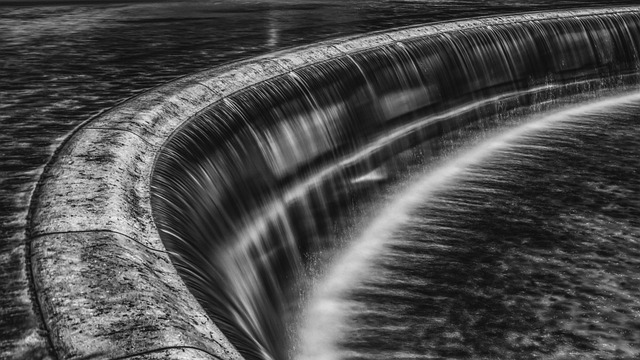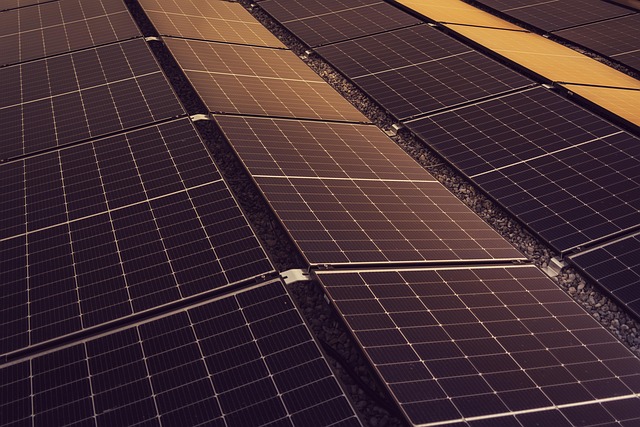In an age of climate change and environmental degradation, the quest for sustainable development has become more urgent than ever. As we strive to reduce our ecological footprint and transition into a greener future, hydropower emerges as a beacon of hope, boasting exceptional potential as a carbon-neutral innovation. Harnessing the power of flowing water, this renewable energy source provides a sustainable alternative to fossil fuels, thereby aligning perfectly with our goals for a clean energy transition.
Hydropower is not merely an energy source; it symbolizes a harmonious relationship between humanity and nature. By utilizing the continuous movement of rivers and streams, hydropower plants can generate electricity without the harmful emissions associated with traditional energy production. This intrinsic ability to produce clean energy positions hydropower as a key player in the global effort to combat climate change. As communities and industries increasingly seek green technologies, hydropower can significantly reduce our reliance on carbon-intensive energy sources.
One of the most appealing aspects of hydropower is its scalability. From small-scale developments in local communities to vast hydroelectric dams supplying power to cities, this innovative technology offers solutions tailored to meet diverse energy needs. In regions where sunlight and wind energy may be limited, the steady flow of water can provide a reliable source of electricity, demonstrating hydropower’s versatility. This adaptability not only fosters energy independence but also ensures that communities can enjoy the ecological and economic benefits of sustainable energy solutions.
Furthermore, the carbon-neutral characteristic of hydropower underscores its role in a sustainable future. Unlike fossil fuels, which release large amounts of carbon dioxide when burned, hydropower generates energy with minimal impact on the environment. The construction and operation of hydropower plants can be conducted with care, ensuring that aquatic ecosystems are preserved and even enhanced, creating a balance between energy production and ecological conservation. Modern hydropower projects often incorporate innovative technologies, such as fish ladders and sediment management systems, which help mitigate potential ecological disturbances while maximizing energy output.
The integration of hydropower into our energy mix also aligns with global carbon reduction goals. Nations across the globe are setting ambitious targets to lower carbon emissions, and hydropower stands out as a practical tool in achieving these endeavors. Its implementation can significantly contribute to a country’s renewable energy portfolio, making strides towards fulfilling international climate agreements and commitments. Renowned for its efficiency and low operating costs, hydropower proves that investing in green technologies does not equate to sacrificing economic viability.
However, the path to revolutionizing sustainability through hydropower is not without its challenges. Community engagement and environmental considerations must take center stage during project planning and development. Ensuring that local communities are involved in decision-making processes can lead to more sustainable implementations that consider both energy needs and environmental impacts. Collaboration between governments, private sectors, and non-profit organizations can foster initiatives that advocate for responsible hydropower development, emphasizing the importance of maintaining biodiversity while advancing green energy practices.
The future of hydropower looks promising. As technology continues to evolve, innovations in water management, turbine design, and energy storage are paving the way for even greater efficiency and sustainability. Additionally, the growing recognition of hydropower as an essential ally in the fight against climate change is prompting governments and organizations to prioritize investments in renewable infrastructure. By embracing hydropower as a carbon-neutral solution, we can forge a path toward sustainable development that not only meets today’s energy demands but safeguards our planet for generations to come.




